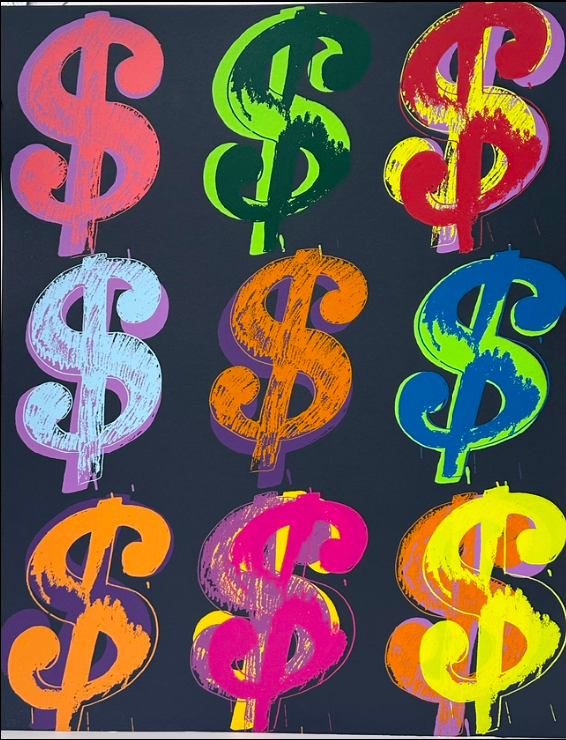
Having a problem solving mindset equals having a creative mindset. Every innovation in business begins with a problem solving mindset. In this article, I’ll explore the realm of creative problem solving, and recommend techniques that will help you think beyond the ordinary, overcoming the static, the predictable and the obvious.
Counterfactual Thinking
One of the most powerful techniques in our arsenal is counterfactual thinking. One common advice or a conventional wisdom we have all received is to avoid dwelling on the past when faced with unexpected unfortunate events. We’re told not to revisit our decisions or reflect on what might have happened had we made a different decision in the past. And, counterfactual thinking encourages you to do just the opposite. It encourages you to reflect on the unexpected outcome, find factors leading to that particular outcome, select, modify and envision a counterfactual scenario – either an improved or worsened event.
Let’s say you missed an important meeting, because you were late. A counterfactual thought could be imagining what might have happened had you woken up a few minutes earlier, caught the bus on time, and avoided being late. This way of thinking essentially generates multiple “what if” scenarios to explore different possibilities and understand their potential impact on the final outcome.
Preserving Ambiguity
Preserving ambiguity is a design technique used in the ideation process that seeks to avoid making any assumptions or imposing constraints too early in a design process. Design starts with the idea that anything is possible in the hopes that seemingly improbable ideas will emerge that have significant value to the design. Preserving ambiguity in creative problem-solving involves resisting the urge to prematurely settle on a single interpretation or solution to allow for an open-ended exploration and consideration of multiple perspectives.
Let’s say, if a team is set to design a new type of car. By avoiding the seemingly obvious assumptions, such as having four wheels, we encourage the exploration of unexpected solutions, allowing for innovative ideas to surface.
Thought Experiment
Another valuable tool is the thought experiment, which is about converting a complex problem into a simpler analogy or a more familiar and straightforward scenario. This technique is often used to enhance understanding, communicate ideas more clearly, especially among the team members that have varying levels of expertise in specific domains.
Imagine treating the process of developing a new product as if it were creating a culinary masterpiece. In this analogy, the ingredients represent different features or components, the recipe is the development plan, and the final dish is the innovative product.
Drawing parallels between the creativity involved in cooking and the innovation required in product design, exploring the balancing flavors (analogous to balancing features), experimenting with new combinations (akin to introducing new functionalities), and considering the presentation (equivalent to user experience and design).
By drawing parallels between cooking creativity and product innovation, we are able to see the development more holistically with better understanding of potential solutions.
Exaggeration
Exaggeration in the context of creative thinking is about stretching the boundaries of reality, exploring rare, unusual, and extreme situations or perspectives to generate innovative insights.
Imagine a customer service department aiming for “instant gratification” when solving any issues customers might have. In this thought experiment, the team explores the extreme idea of providing personalised solutions to customer problems within seconds of receiving them. By embracing this exaggerated perspective, the customer service team might consider innovative technologies like advanced AI-powered chatbots, predictive issue resolution algorithms, or real-time virtual assistants. The exaggeration not just simply challenges existing assumptions and encourages a rethinking of efficiency, it can potentially entirely transform traditional norms.
The point being, embracing the beauty of thinking differently, you not only discover unconventional solutions, but also open the door to a world of infinite possibilities beyond the ordinary.